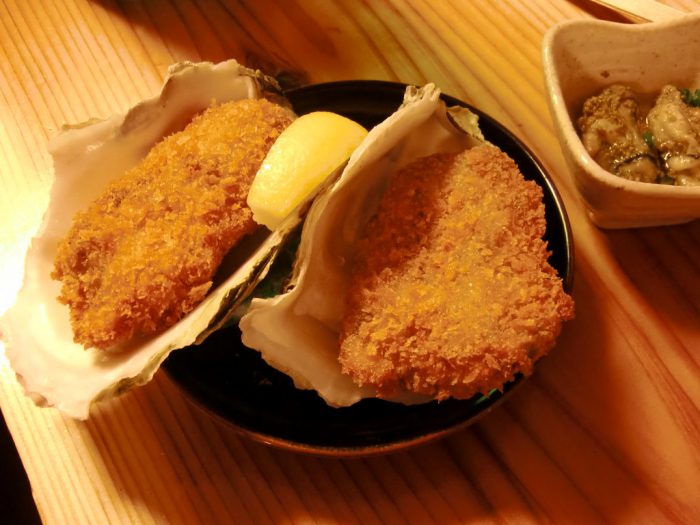
Ikebana Rundown: A Quick Look
Ikebana (生け花, “living flowers”) is the Japanese art of flower arrangement. More than simply putting flowers in a container, ikebana is a disciplined art form in which nature and humanity are brought together. Contrary to the idea of floral arrangement as a collection of particolored or multicolored arrangement of blooms, ikebana often emphasizes other areas of the plant, such as its stems and leaves, and draws emphasis toward shape, line, form. Though ikebana is a creative expression, it has certain rules governing its form. The artist’s intention behind each arrangement is shown through a piece’s color combinations, natural shapes, graceful lines, and the usually implied meaning of the arrangement. Another aspect present in ikebana is its employment of minimalism. That is, an arrangement may consist of only a minimal number of blooms interspersed among stalks and leaves. The structure of a Japanese flower arrangement is based on a scalene triangle delineated by three main points, usually twigs, considered in some schools to symbolize heaven, earth, and man and in others sun, moon, and earth. The container is a key element of the composition, and various styles of pottery may be used in their construction.Ikebana is shown on television and taught in schools. An example of a television show that involves ikebana is Seikei Bijin (Artificial Beauty). The story incorporates the importance of natural beauty.
Spiritual Aspects
The spiritual aspect of ikebana is considered very important to its practitioners. Silence is a must during practices of ikebana. It is a time to appreciate things in nature that people often overlook because of their busy lives. One becomes more patient and tolerant of differences, not only in nature, but also in general. Ikebana can inspire one to identify with beauty in all art forms. This is also the time when one feels closeness to nature which provides relaxation for the mind, body, and soul.
History
The truth about the origin of Ikebana is unidentified. But when Buddhism reached Japan in the 6th century, it is thought to have come to Japan as part of Buddhist practice. The offering of flowers on the altar in honor of Buddha was part of worship. Ikebana evolved from the Buddhist practice of offering flowers to the spirits of the dead. The first classical styles of Ikebana started in the middle of the fifteenth century; the first students and teachers of Ikebana were Buddhist priests and members. As time passed, other schools emerged, styles changed, and Ikebana became a custom among the Japanese society.
Tags: Buddhism, ikebana, Seikei Bijin
Categorised in: Customs and Culture
This post was written by Mathew Ryan
Ikebana Rundown: A Quick Look
Ikebana (生け花, “living flowers”) is the Japanese art of flower arrangement. More than simply putting flowers in a container, ikebana is a disciplined art form in which nature and humanity are brought together. Contrary to the idea of floral arrangement as a collection of particolored or multicolored arrangement of blooms, ikebana often emphasizes other areas of the plant, such as its stems and leaves, and draws emphasis toward shape, line, form. Though ikebana is a creative expression, it has certain rules governing its form. The artist’s intention behind each arrangement is shown through a piece’s color combinations, natural shapes, graceful lines, and the usually implied meaning of the arrangement. Another aspect present in ikebana is its employment of minimalism. That is, an arrangement may consist of only a minimal number of blooms interspersed among stalks and leaves. The structure of a Japanese flower arrangement is based on a scalene triangle delineated by three main points, usually twigs, considered in some schools to symbolize heaven, earth, and man and in others sun, moon, and earth. The container is a key element of the composition, and various styles of pottery may be used in their construction.Ikebana is shown on television and taught in schools. An example of a television show that involves ikebana is Seikei Bijin (Artificial Beauty). The story incorporates the importance of natural beauty.
Spiritual Aspects
The spiritual aspect of ikebana is considered very important to its practitioners. Silence is a must during practices of ikebana. It is a time to appreciate things in nature that people often overlook because of their busy lives. One becomes more patient and tolerant of differences, not only in nature, but also in general. Ikebana can inspire one to identify with beauty in all art forms. This is also the time when one feels closeness to nature which provides relaxation for the mind, body, and soul.
History
The truth about the origin of Ikebana is unidentified. But when Buddhism reached Japan in the 6th century, it is thought to have come to Japan as part of Buddhist practice. The offering of flowers on the altar in honor of Buddha was part of worship. Ikebana evolved from the Buddhist practice of offering flowers to the spirits of the dead. The first classical styles of Ikebana started in the middle of the fifteenth century; the first students and teachers of Ikebana were Buddhist priests and members. As time passed, other schools emerged, styles changed, and Ikebana became a custom among the Japanese society.
Tags: Buddhism, ikebana, Seikei Bijin
Categorised in: Customs and Culture
This post was written by Mathew Ryan